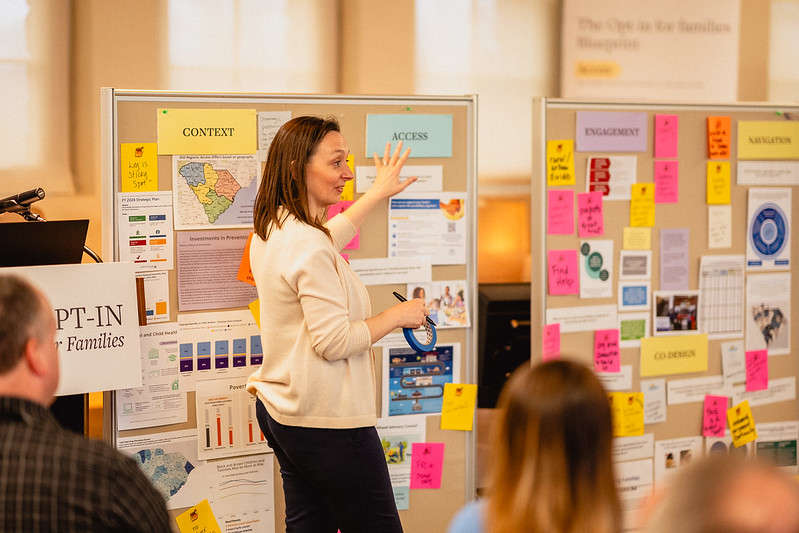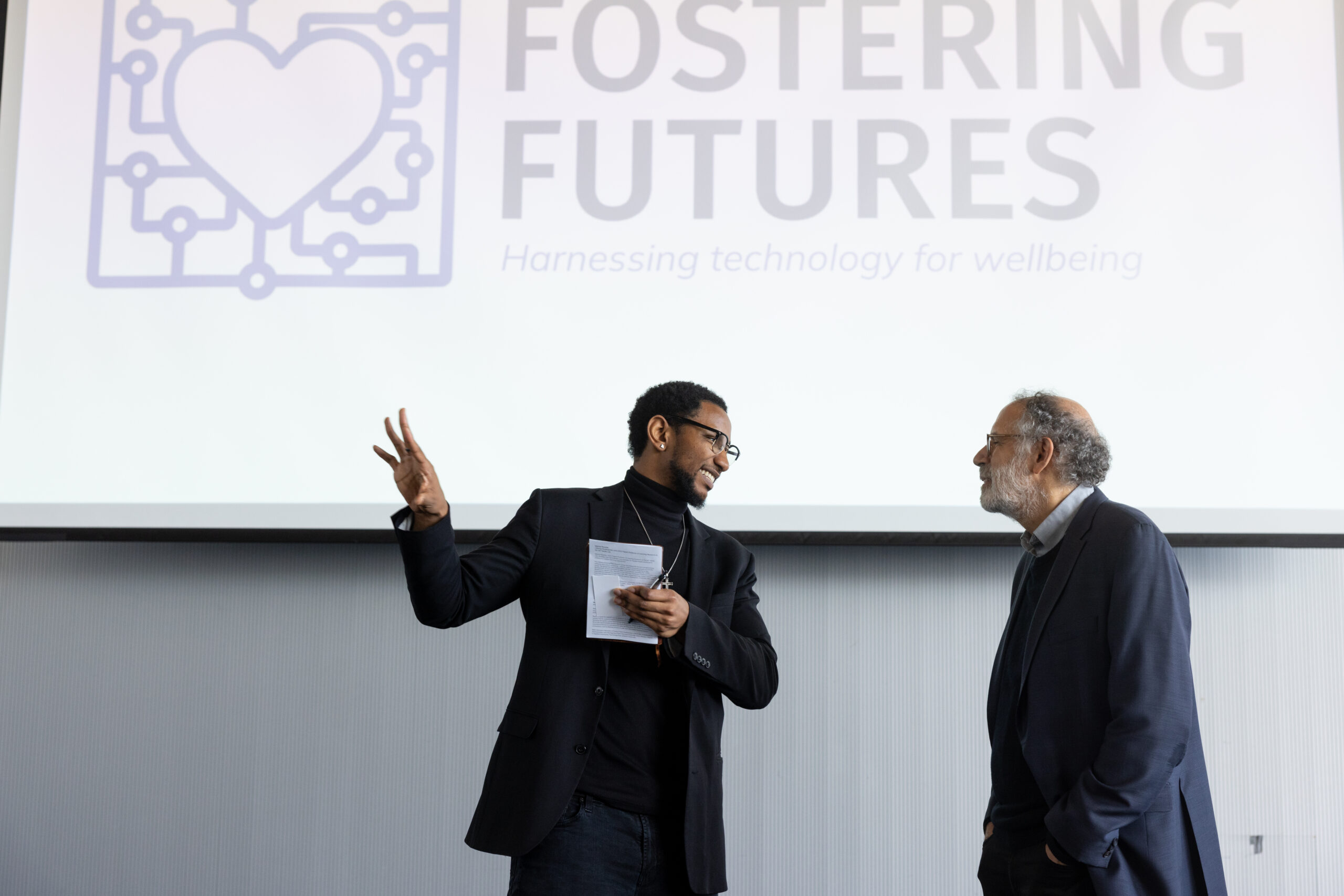
Our experiences and the work of our fellows across the nation inform the four core Foster America strategies that drive our work — co-designing with communities, collaborating with partners, securing funds to support innovation, and sharing what we learn.
Since our inception, Foster America has partnered with leaders in Colorado to transform the state’s child welfare system – and the results are incredible. We are co-designing new approaches to serving families, addressing racial disparities, and elevating the voices of those impacted by the system in reimagining its future.
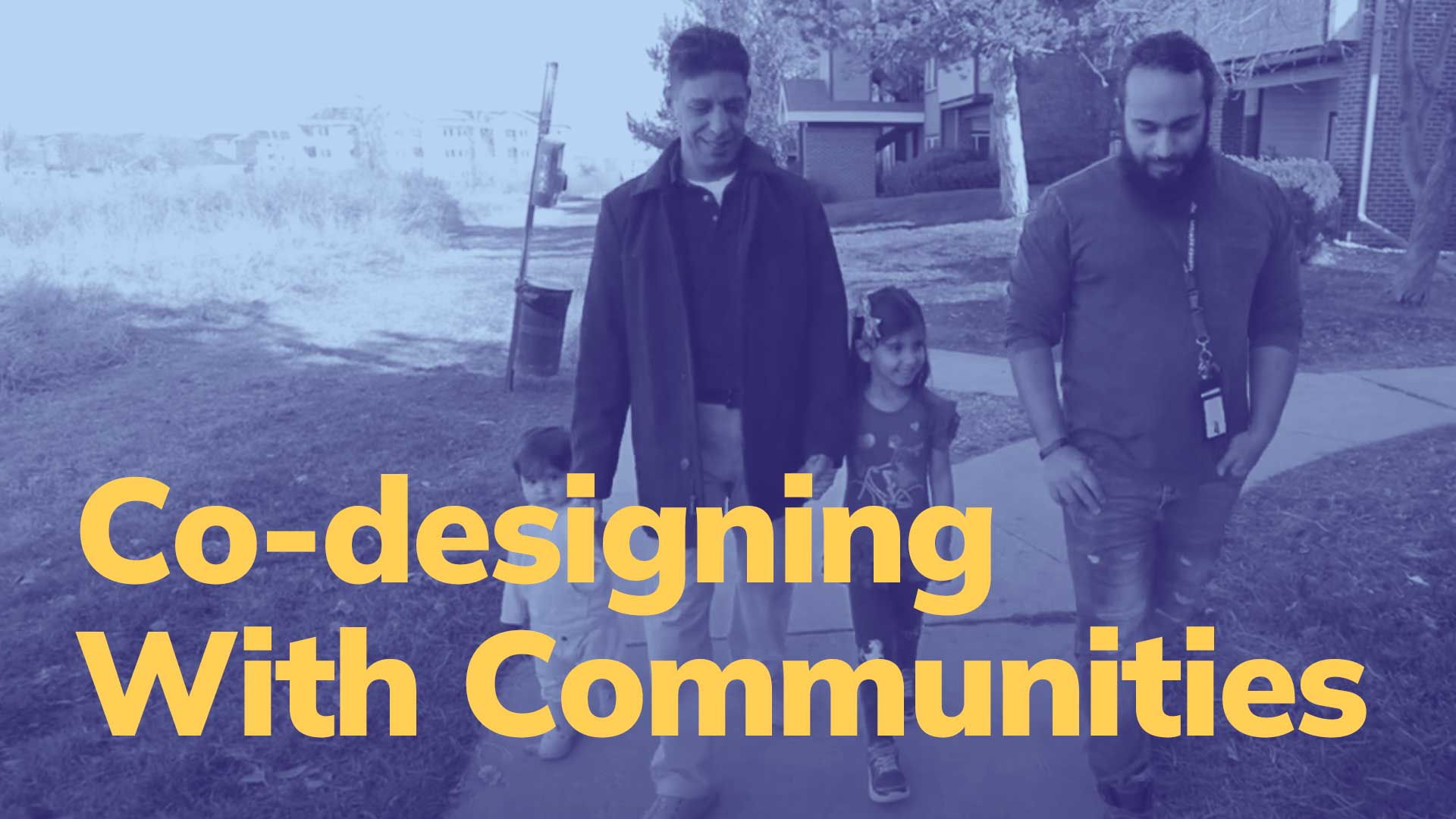
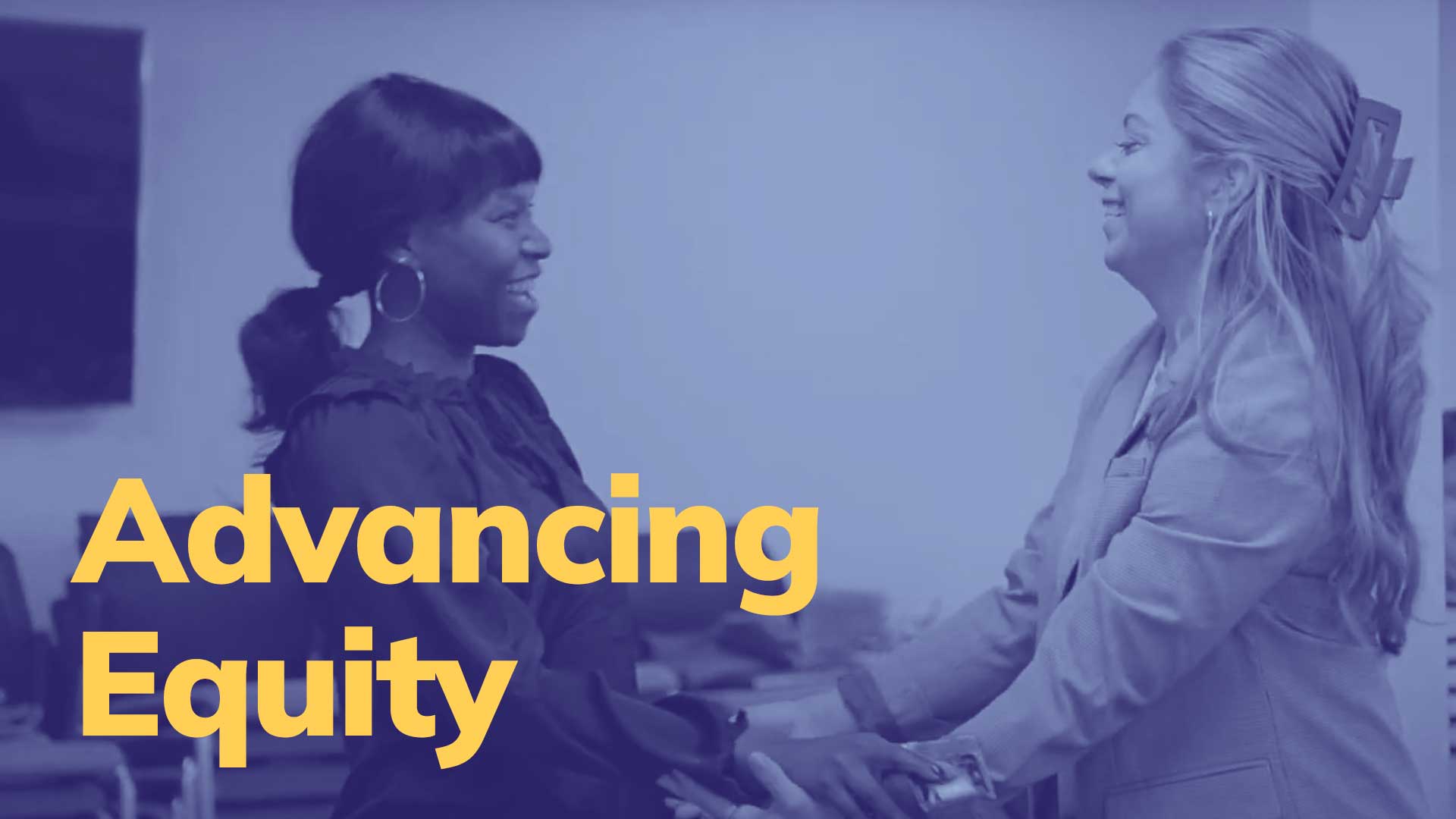
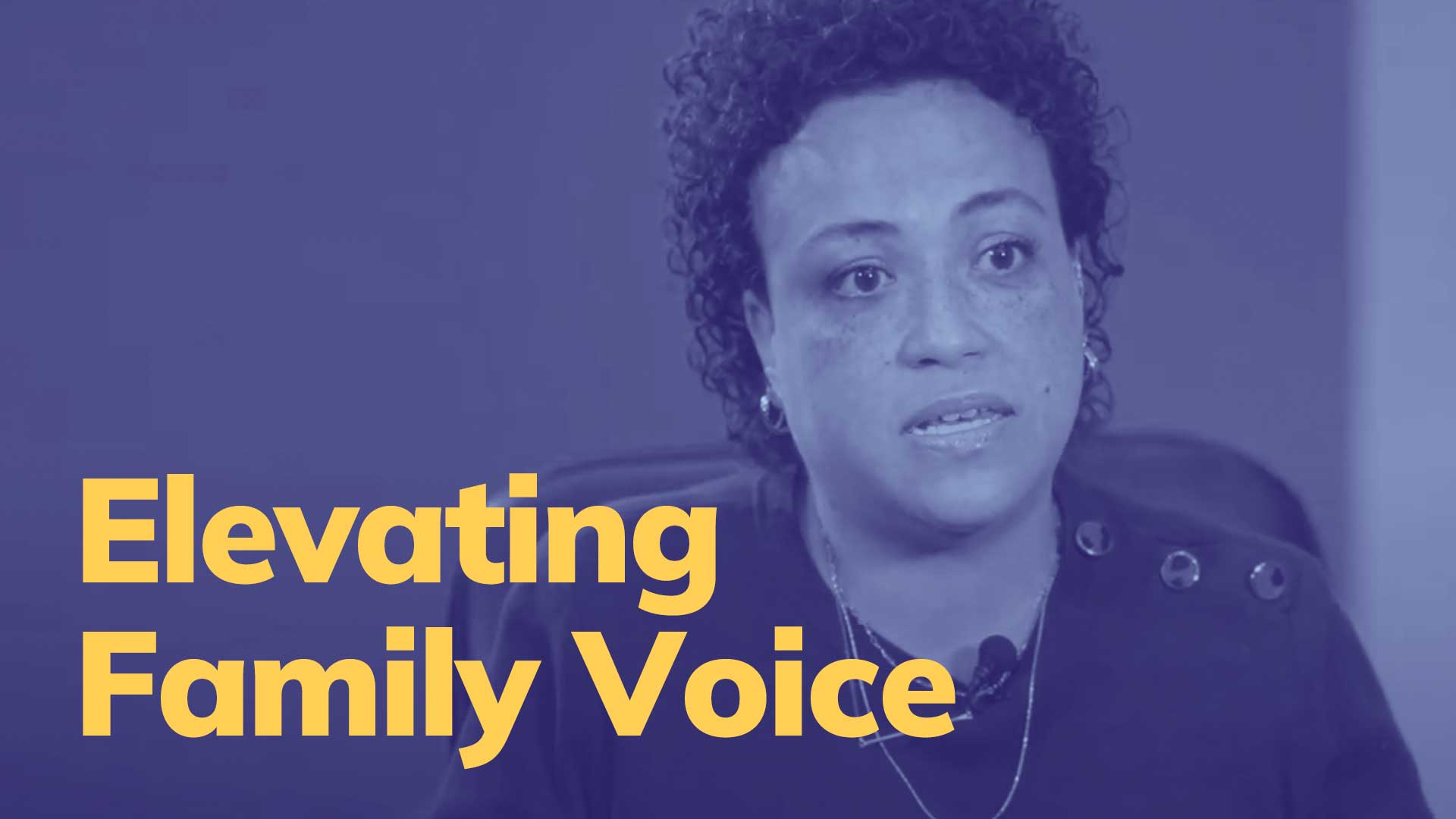
Foster America’s Discovery Process sets in motion a jurisdiction’s work toward transforming the child welfare system. This participatory approach integrates the insights of dozens of stakeholders and creates alignment on the path forward. This comprehensive analysis, which reviews the state or county’s current performance data and ways of working with families, culminates in the Foster America Roadmap Report.
The Los Angeles Department of Children, Youth, and Families wanted community voices to guide the agency’s efforts to build responsive prevention approaches. Fellows Sonya Soni and Jermeen Sherman led a youth-organizing program, “Through our Lens: Photovoice by Systems-impacted Youth in South LA,” in which middle school-aged foster youth documented their experience with the child welfare system, a project they ultimately presented to policymakers. Soni continued in Los Angeles and initial co-design successes helped inspire further community connections and engagement with those who have firsthand experience with the child welfare system. These include establishing a Youth Commission to determine the location of and services offered by community family resource centers. Further, Soni, Sherman, and Foster America faculty member Jessica Mason co-published a seminal framework, Beyond Human-Centered Design: The Promise of Antiracist Community-Centered Approaches in Child Welfare Program and Policy Design.
Washington State recognized that most young adults experiencing homelessness in their state had been involved with child protection, juvenile justice, and/or children’s mental health systems while growing up. The Office of Homeless Youth (OHY) and Department of Children Youth and Families (DCYF) believe those who have experienced these systems firsthand hold the solutions to interrupting this pipeline. Foster America Fellow SL Rao facilitated discussions across Washington, ensuring that young people who are disproportionately impacted by homelessness – LGBTQ2 youth and youth of color – informed steps to transform the system. The resulting report to the legislature, “Improving Stability for Youth Exiting Systems” drove state budget investments in transitional housing and support for youth transitioning out of foster care. The youth leaders went on to author OHY’s five-year strategic plan, outlining the agency’s vision and driving its priorities.
Leaders in Scott County, Minnesota, set a bold goal: to end child abuse and neglect in their community within two generations. Foster America Fellow Heather Wilson joined them to kick off the Together WE CAN (Work to End Child Abuse and Neglect) initiative, a coalition of public leaders, civic organizations, and constituents that united to discuss child welfare outcomes and racial equity in their community. The team has grown from its 28 steering committee members in 2019 to more than 300 members today. They’ve created Family Resource Centers in libraries and food pantries and kept children from entering foster care by providing their families with community support. Together WE CAN won a $1.3 million grant to deepen its impact, and the program continues to serve as a national model for reimagining prevention and family support services.
Washington State’s Department of Children, Youth, and Families knew that embracing a “kin-first culture” – so every child entering foster care is placed with someone they already know and love – would require updates to policy, practice, and technology. Fellow Aachcal Dhar led coordination inside DCYF and worked to rebuild broken trust with communities of color and tribes after decades of family separation and harm. She developed training to help the workforce maintain children’s cultural and relational connections, including by creating videos that feature first-person narratives from relative caregivers and DCYF staff. This multifaceted strategy also included technology-supported workflows to find and approve kin. These coordinated efforts quickly showed impact. In 2018, just 22% of kinship families in Washington State were licensed (a process that qualifies families for additional financial support, decreasing the chances that a child will be moved to another foster home). By the conclusion of Aachal’s fellowship, 53% of kinship families were licensed, and this trendline continues to rise.
In Hamilton County, Ohio, relatives stepping in to care for children in times of crisis were receiving just $350 as a monthly stipend. The agency knew that better support for these caregivers could make a big difference. Foster America Fellow Aaron Slovin combined process mapping, fiscal analysis, and input from families to redesign financial policies. Now, support to kinship families has doubled – and all are eligible for childcare support. Further, the agency is on track to reach their 2025 goal to ensure more than half of children in the agency’s care are placed with relatives (or those with a family-like relationship to the child).
New Mexico’s Children, Youth, and Families Department provides behavioral health, child protection, early childhood, and juvenile justice services. When the COVID-19 crisis hit, the agency faced millions in unbudgeted expenses, sparking discussion of statewide budget cuts when birth and foster families needed more support than ever. Foster America Fellow Wade Carlson’s fiscal analysis supported CYFD in fully utilizing federal pandemic relief funds and set a model for other states. New Mexico increased monthly support for foster families (in most homes by $175 per child) with minimal additional impact on the state’s budget. These supplemental payments offset caregivers’ financial burdens, lessening the likelihood that children would be moved from foster home to foster home.
In Olmsted County, Minnesota, the PACE program supports elementary school children of color facing educational challenges and helps them avoid child protection involvement. Foster America fellow Mathangi Swaminathan conducted a comprehensive analysis of the program to provide the county quantitative evidence of its effectiveness. Her research found the program reduced short-term entry into foster care by 16% over a decade—saving the county $2 million. She published this research, laying the groundwork for PACE to become an evidence-based national best practice for supporting children and minimizing racial disparities in child welfare.
In preparation for expanding prevention investments, Santa Clara County, California, wanted to learn which services best help vulnerable families keep their children safely at home. Foster America Fellow Danielle Savage joined the Santa Clara Human Services Administration’s Office of Research and Evaluation, where she integrated 30 years of administrative data to build a statistical model that predicts which services are effective in which communities. The new algorithms allow the county to leverage more federal prevention dollars and invest in the services that work, reaching the right communities and families in need at the appropriate time.
Foster America is committed to transparency, which includes providing our stakeholders with comprehensive insights into our financial performance and annual accomplishments.
